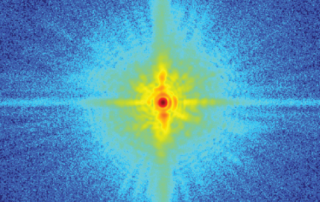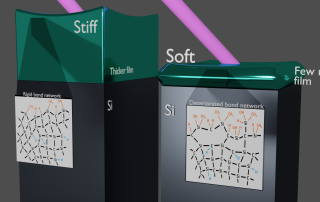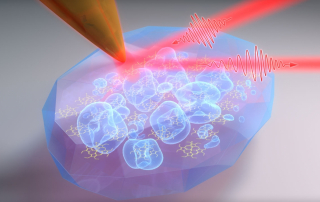New electron microscope at CU Boulder enables groundbreaking research across disciplines—and from a distance
Capable of achieving spatial resolutions of 70 pm—smaller than the size of an atom—the Thermo Scientific Titan Themis S/TEM, located in the newly-launched CU Facility for Electron Microscopy of Materials (CU FEMM), is now the highest-resolution electron microscope in Colorado.
Taller than a person and equipped with multiple cameras and detectors, this state-of-the-art, aberration-corrected electron microscopy platform makes groundbreaking research possible in a wide range of fields, including catalysis, advanced imaging, quantum information, energy conversion, biomaterials, battery research, geology, materials development and even archaeology. A team from the National Center for Atmospheric Research (NCAR) is even exploring a potential COVID-19 study using the microscope to inspect the salt from dried saliva droplets.









